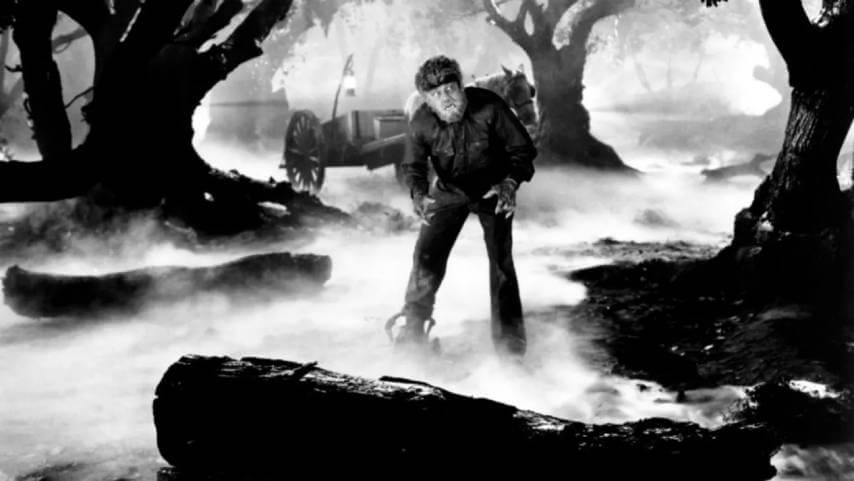Film Trivia Fact Check: Original The Wolf Man script kept the werewolf at bay
Did screenwriter Curt Siodmak want a non-transforming Wolf Man?
Photo: Universal Pictures
The internet is filled with facts, both true and otherwise. In Film Trivia Fact Check, we’ll browse the depths of the web’s most user-generated trivia boards and wikis and put them under the microscope. How true are the IMDb Trivia pages? You want the truth? Can you handle the truth? We’re about to find out.
Claim: In Curt Siodmak’s original script for the film, whether or not Lawrence Talbot really underwent a physical transformation into a werewolf or if the transformation simply occurred in his mind was left ambiguous. The Wolf Man was never to appear onscreen. Ultimately, the studio determined that Talbot’s literal transformation into a werewolf would be more appealing to the audience and, thus, more profitable. The script was revised accordingly. The remake of the film starring Benicio Del Toro leaned into this idea, having its version of Lawrence Talbot admitted to an asylum for “delusions” of lycanthropy. [Source: IMDb.com]
Rating: True.
Context: The Wolf Man was hardly the first werewolf to bark at the moon. Cases of lycanthropy trace back to antiquity, with regular outbreaks occurring in the Middle Ages, Bram Stoker’s Dracula, and Universal’s 1935 feature Werewolf Of London. But Universal’s Lon Chaney Jr.-led classic introduced many tropes still used today, including silver bullets, contagious bites, and, perhaps, most importantly, bodily transformation. Thanks to An American Werewolf In London and Rick Baker’s Oscar-winning effects, the bonecracking transformation of the human frame into canine form is the genre’s main sizzle. Like a crackling plate of fajitas, Universal presented its 2025 transformation online in the marketing push for its latest version of the story, Wolf Man. But as crucial as it is now, a man morphing into a wolf was not a part of Curt Siodmak’s original script.

 Keep scrolling for more great stories.
Keep scrolling for more great stories.